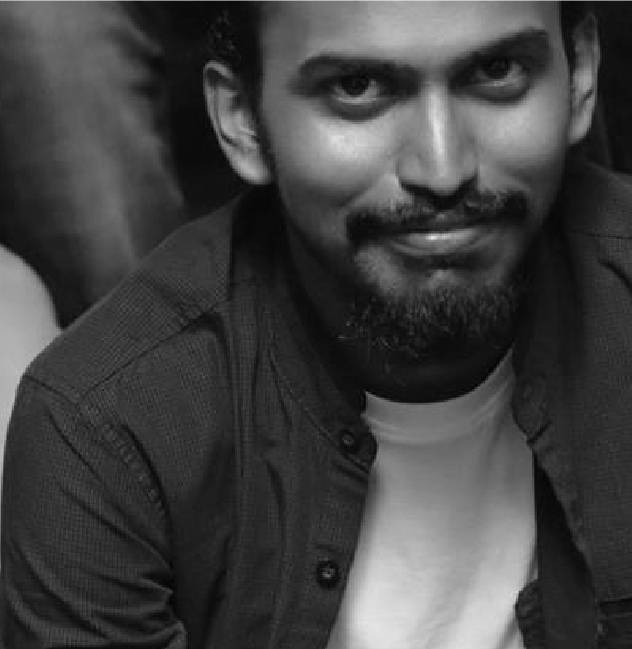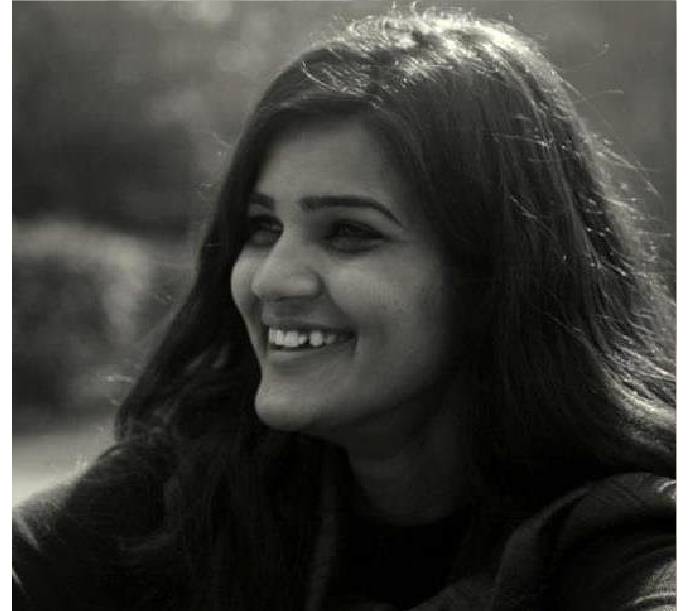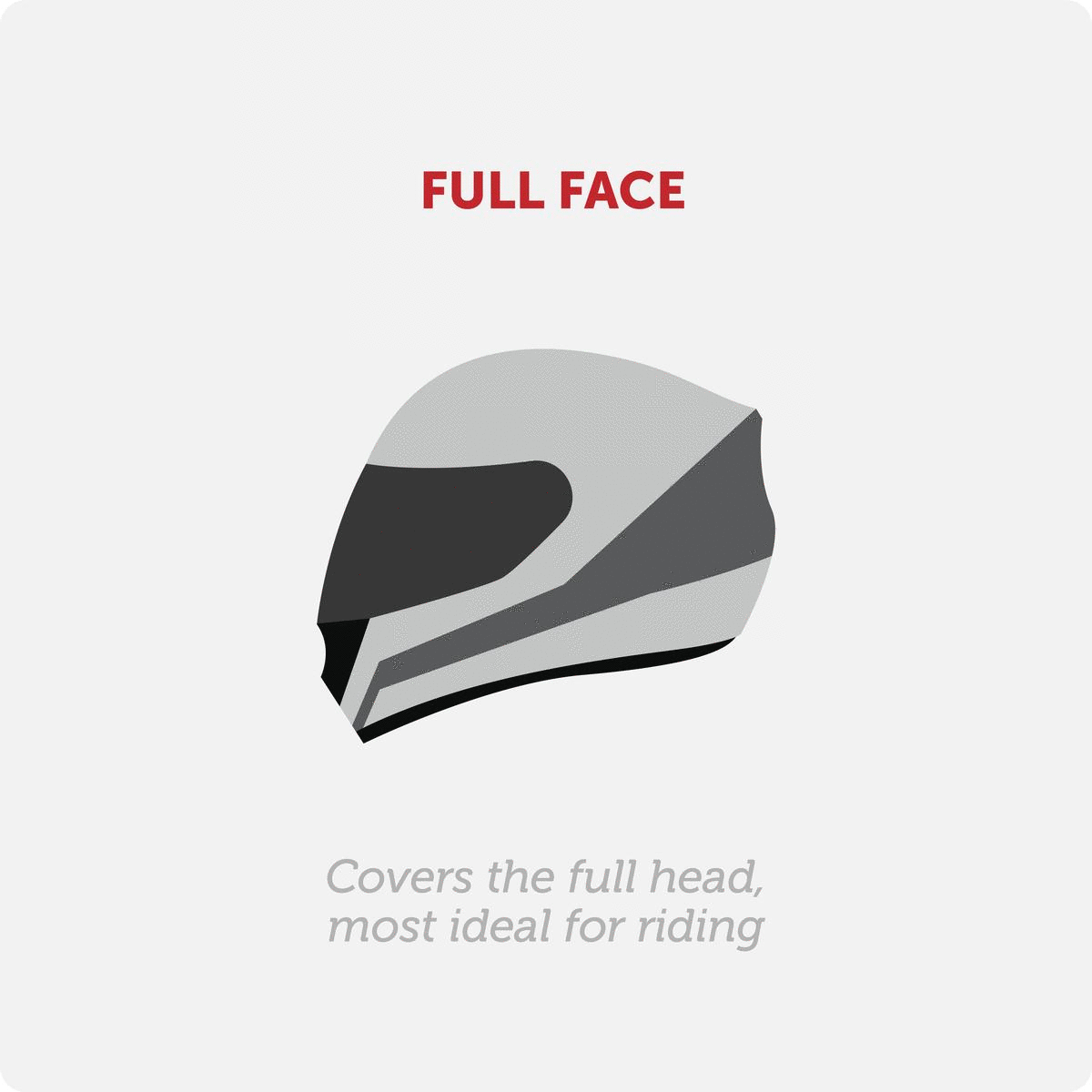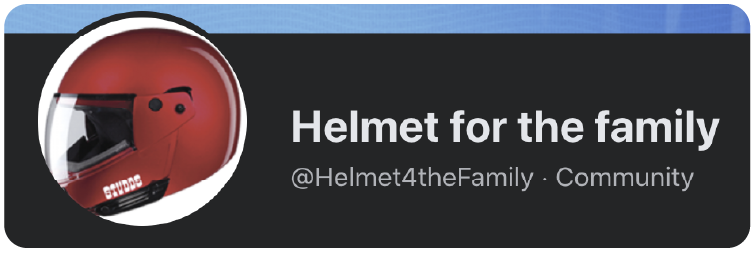Exide Life’s #HelmetSaves
THE JOURNEY OF A SUCCESSFUL VIDEO CAMPAIGN
Terry Pratchett once said that the first draft is just you telling the story to yourself.
What did he mean by that? Essentially, when you are creating something, you have a very vague idea of what you want it to be. You write down your jumbled thoughts and your half-baked ideas so you can develop on them further. It’s just a note on what YOU want to talk about before all the other important elements of a good story are added to it.
Storytelling in content marketing is no different. The first drafts or the initial ideas are rarely the final products. This is especially true when it comes to client briefs or early brainstorming sessions. They are often very one-sided, focusing only on the story the brand wants to tell, or the goals the client wants to achieve from the content.
This is how our earliest conversations with Exide Life started back in 2019. As part of their CSR initiative, the life insurance brand had been focusing on road safety as their main concern for the last couple of years. This year, they wanted to create a video around helmets and how pillion riders often miss out on the conversation. With this in mind, they reached out to us with the thought-starter. After a joint brainstorming session, we came up with a set of keywords – road safety, helmet, kids, video. Exide Life had a broad idea of what they wanted to talk about, and being their content marketing partner, it was up to us to flesh it out and make the final video.
How do CSR and content go together?
“What makes the customers feel attracted towards a brand today has changed quite significantly. They look for strong values, what the brand stands for. And CSR activities become a great way of showing that. But this message needs to reach the right audience and that’s where content marketing becomes important. With an experienced content partner, this mandatory exercise can be a great marketing tool.”
Garima Sharma
VP, Content & Product
Connecting Dots
“When we started on the project, along with the keywords, we wrote down the two goals the client had,” says Souma Mukherjee, a senior Editorial Strategist at Scatter.
“They wanted to drive a behavioural change and build a community that promotes helmet usage. They already had a hashtag – #HelmetSavesLife – attached to their CSR initiative, so we started thinking along those lines. However, we soon realised that to drive a behavioural change, it needs to go deeper and address the human impact of an accident. How a moment’s procrastination affects a whole family. How we are not just losing a life but a potential doctor, a potential astronaut, a father, a mother.
So, we tweaked our central thought a little and came up with Helmet for Humanity.

Souma Mukherjee
Senior Editorial Straegist
Scatter
Absence of helmets accounted for 43,614
deaths in 2018. More than a third were pillion riders.

Mrigashree Pant
Video Expert, Scatter
“The concept we came up with at this point was to have 2–3 people tell their stories of surviving a road accident. We started by reaching out to our friends and family, asking if anybody knew of such cases,” says Mrigashree Pant, a Video Expert at Scatter who was involved in the project from the very beginning. “Soon, we found ourselves looking at news clippings about bikes and road accidents. If we came across any names, we contacted them on social media to hear their story. We would go up to page 30 on Google results looking for such cases. By the end of it, we had collected around 25 stories and shortlisted nine that were sent to the client.”
But having real stories still wasn’t enough. To drive a change at scale, we wanted to give an emotional jolt to the audience and that was still missing. After all, these were the stories of people who survived.
THE IDEA COMES OUT OF THE PROCESS
“So, we kept looking,” continues Mrigashree, “Until we chanced upon the story of a family in Ujjain. Nitin David and his wife Ravina had lost their only son, Ronit, to a road accident a few years ago. Life had not been the same for them ever since. This story stirred us, and we knew it would have a similar effect on the audience as well. This is what we were looking for. I talked to the father and repurposed our conversation into a tentative script. We shared it with the client, and they saw the strength of the narrative and its potential to bring about a behavioural change. The story was locked.”
Did you know that road accidents are the leading cause of death among people aged 5-29?

SHOOTING THE VIDEO
Talking about the shooting process, Mrigashree tells us how it was one of the most challenging shoots she had ever done. “We weren’t shooting a product or a case study, we were going to make grieving parents open the wounds of their son’s accident, layer by layer. So, honesty with the family and authentic storytelling became mandates for the entire process. On the other hand, to ease them into talking about their experience on camera, it was important to first build trust with them. So, we spoke every day for a week before the shoot to ensure I wasn’t a stranger for them when we finally met.”
“When it came to the shoot, we scheduled it as per the emotional graph – easier conversations first, and the emotionally intense parts last. This gave them time to let us into their lives. A small six-member team was assigned for the shoot and there were no calls for ‘action’ or ‘cut’. We wanted it to be as natural as possible, as if they weren’t shooting for a video but just talking to somebody. On the last day of the shoot, there was just the camera person and me in the room and I can’t tell you how it felt listening to them talk. We knew that this is what we want the audience to feel – how devastating not wearing a helmet can be. We chose certain corners of the house to show the emptiness they felt in their lives. Ronit’s photographs across the house became a strong visual element for that.”
Audience response
Response to the video was overwhelming in every way possible. We managed to elicit genuine responses from the audience in terms of emotion as well as raising awareness about helmet usage. On Facebook the video garnered over 3.2 million views and 12,000 shares. It also received 780 comments, most of them pledging to wear helmets and urging others to do the same. This way, not only were we able to reach the two goals Exide Life had but also attain the vision we had for the video. The audience comments speak for themselves.
Contributors to this multimedia case study: Aditya Kumar, Sanchea D'Souza, Mrigashree Pant, Raktim Chakravarty and Sagar Verma





